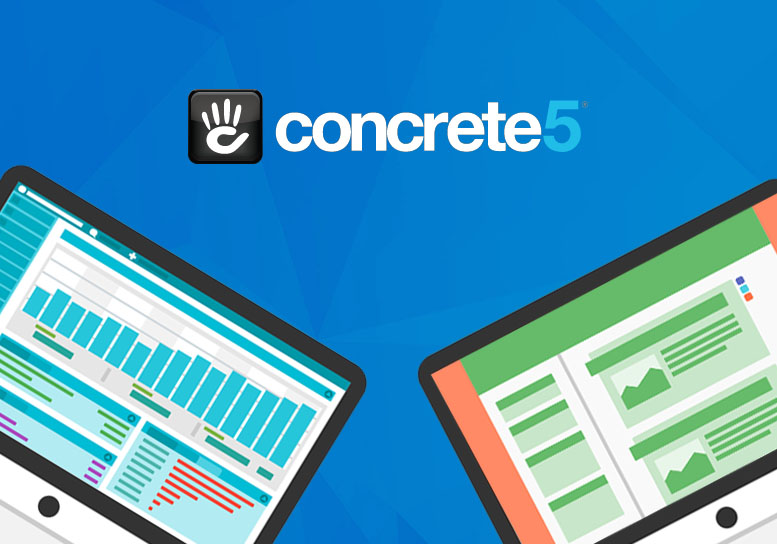
Developing dynamic and interesting websites is a top priority in the field of web development. Visitors expect content that not only looks appealing but also responds interactively. Concrete CMS, with its unique approach to content organization using blocks and elements, empowers website creators to build dynamic websites that captivate their audience. In this article, we’ll explore how you can harness the power of Concrete CMS blocks and elements to create truly dynamic web experiences.
Understanding Concrete CMS Blocks and Elements
Concrete CMS takes a modular approach to content creation through the use of blocks and elements. A block is a self-contained unit of content that can be added, removed, or rearranged on a page. Elements, on the other hand, are the components within a block that contribute to the overall content.
For example, a “Call to Action” block might contain elements such as a headline, a button, and an image. These elements can be customized individually, allowing you to create unique combinations of content that are visually appealing and functional.
Advantages of Using Blocks and Elements
1. Flexibility and Customization:
Concrete CMS’s block-based approach gives you the flexibility to experiment with different layouts and content arrangements. You can mix and match blocks and elements to create pages that cater to your specific goals and audience.
2. Consistency Across Pages:
Using predefined blocks and elements ensures consistency throughout your website. This consistency enhances the user experience by making navigation intuitive and familiar.
3. Ease of Editing:
When you need to update your website’s content, you can simply edit individual blocks and elements without affecting the entire page. This targeted editing capability streamlines the content management process.
Creating Dynamic Websites Step by Step
1. Identify Your Content Needs:
Start by identifying the types of content your website requires. This could include text, images, videos, forms, testimonials, and more. Think about the different sections you want to include on your pages.
2. Select and Customize Blocks:
Concrete CMS offers a variety of pre-built blocks to choose from. Browse through the available options and select blocks that align with your content strategy. Customize the elements within each block to match your branding and messaging.
3. Arrange Blocks on Pages:
Using the drag-and-drop functionality, arrange the selected blocks on your pages. Consider the flow of information and the user’s journey as they navigate your website. Don’t hesitate to experiment with different arrangements to find the most effective layout.
4. Add Interactivity:
Enhance the dynamic nature of your website by incorporating interactive elements. Utilize blocks like “Image Slider” or “Accordion” to present information in an engaging way. Interactive elements encourage visitors to explore and interact with your content.
5. Test and Optimize:
After creating your dynamic website, it’s crucial to test its responsiveness and functionality across different devices and browsers. Pay attention to loading times and user experience. Gather feedback and data to identify areas for optimization.
Conclusion
Concrete CMS’s blocks and elements provide a powerful framework for creating dynamic and visually appealing websites. By leveraging these tools, you can craft engaging content that resonates with your audience and encourages them to take action. Remember that dynamic websites are a result of both creativity and strategic thinking, so invest time in planning and refining your content to achieve the desired impact.
Whether you’re building an informative blog, an e-commerce platform, or a portfolio website, Concrete CMS’s block-based approach will help you create a dynamic online presence that leaves a lasting impression on your visitors.
